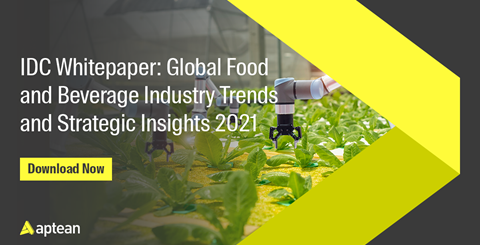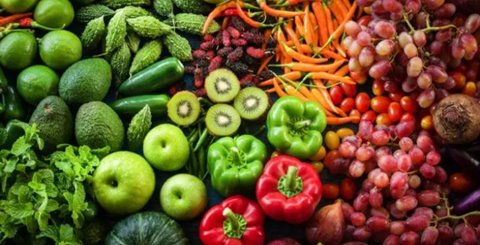COVID-19's Grip on the Supply Chain
In the Netherlands, Foodware 365’s home base, we’re currently in the fourth week of the corona crisis and we’re really seeing the effects it has on our supply chain. Some positive news, regarding the excellent harvest of avocados. The yield of the harvest is almost twice as large as was originally expected, which is brilliant after years of a lot of demand and limited supply. However, Fresh Produce companies obviously have some worries here. How will I get these products to my warehouse and what will this mean for the margins? Are there enough containers, are the ships still saling, and what about air freight? These questions make sense for the crisis we’re in now, one that moves from continent to continent. Where Asia is getting back up its feet, South America is just at the start and Europe is smack in the middle of it. There are also positive messages arising with regards to the revenues and the large demand for fresh fruits and vegetables. But again, this also has a downside. Do I have enough staff to handle this demand? Will I receive my goods on time? Will I get them to the customer on time?
Written by Ronald van Staay, AGF-consultant at Schouw Informatisering
Having grip on the supply chain
Lots of these questions have to do with the supply chain, and having grip on it. Is it possible to predict the situation we’re in right now? No, mostly not, these disruptive events have turned our world upside down and disrupt all regular processes. The past two years, we’ve been dealing with extremely hot weather, dry and very wet times in the Netherlands. All factors that disrupt the supply of Fresh Produce and we should all anticipate on this.
Sharing of data with every link in the chain
Should we work more with forecasts, then? That’s not the answer that takes away the insecurities about the supply either. It definitely provides more insights in advance, but the rising demand as a result of COVID-19 obviously isn’t shown here. The answer should be looked for in the sharing of data from grower to buyer. By sharing information regarding demand and supply from an early stage, this will contribute to better control of the logistics chain. Synchronizing the links in the supply chain is key in preventing extremes. By sharing data in the whole chain and making this transparent, we can better match supply and demand.
Dependancy on international flows of goods
One thing the coronacrisis has made very clear, is that we’re all very dependant on international flows of goods nowadays, because of the availability of all kinds of means of transport and the short transport times due to air freight. Now this is all harder to achieve, we realize how dependant we really are. The availability of room in air freight, passenger aircrafts that are flying a lot less or not at all, the availability of cool containers, etc. We want to eat fruits and vegetables that aren’t (yet) available from the local sources. How about asparagus at Christmas, whilst the season in the Netherlands is just starting and ending around June? We’re so used to having exotic fruits and vegetables available during all seasons, since we just import them from elsewhere. How healthy is this still?
Impressive numbers on the Dutch Fresh Produce market
We don’t have a clear answer on the problems we just described. Only sourcing local products is not the solution. Sharing of data isn’t either, but it does show insights into developments and makes it possible to anticipate on these developments sooner. When looking at the Netherlands and our Fresh Produce market, we see the following things:
- We import €7,9 billion in Fresh Produce products from 120 countries to the Netherlands
- €3,7 billion from this is processed in the Netherlands
- We export €11,9 billion in Fresh Produce products from the Netherlands to 150 countries
These are impressive numbers, and it represents a huge volume. And this doesn’t just mean flows of oogds, but flows of data about products, deliveries, availability of resources. Sharing data is the new way of doing business. Not just product data, like certificates, country of origin, grower etc., but anonymized data regarding supply and demand of products. Think of sharing lead times in the chain, delivery times, seasonal developments and analyses.
Digitalization is essential
Digitalization and how quickly information can be exchanged between all links in the chain is essential for a sustainable future. Cloud solutions, digitalization of document streams (e-CMR, Certificate of Origin, GAP-certificates), Product Information Management Systems and automating routine process are just some subjects of further digitalization.
Bundling data
As an ERP-software supplier for Fresh Produce, we have access to a large source of data. We would like to bundle this data in a dashboard, where we can bring together supply and demand from article groups. We want to extend this solution with data from growers (supply), transport (supply chain) and buyers (retail).
Want to share data?
Want to know more about our solutions, or do you want to share your data anonymously? Don’t hesitate to get in touch.

Want to share data?
Want to know more about our solutions, or do you want to share your data anonymously? Don’t hesitate to get in touch.
 Nederlands
Nederlands English
English



